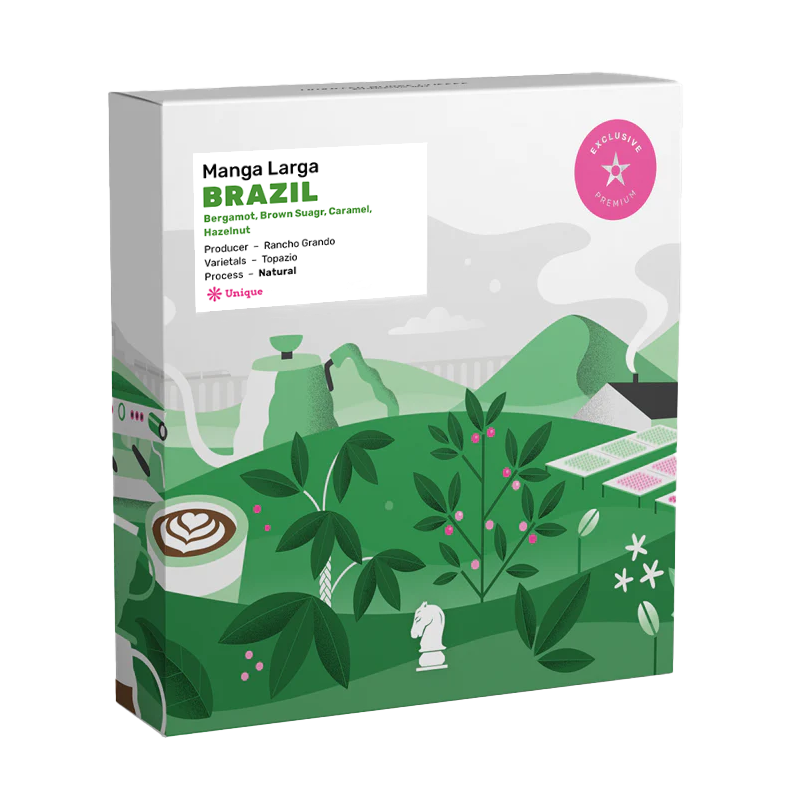Quarter Horse Coffee Club
Exclusive coffees for ✫ Premium plan subscribers

Coffee Profile

Varietals
Topazio

Process
Natural

Producer
Rancho Grando

Notes
Bergamot, Brown Sugar, Caramel, Hazelnut
More about the coffee, producer & region.
Coffee production began at the Rancho Grande Farm in 1933. The mission of the farm is to responsibly produce coffee of the highest possible quality without neglecting the importance of protecting the environment and the caring for the well-being of its employees. Several employees live on the farm in houses provided with subsidised electricity and food. On the farm they are open to change and trying new techniques and they have invested in several static drying boxes to help improve the quality & profile of the coffee they could produce. They have been working hard on improving the quality of their coffees for the specialty market and working on all aspects of the production of these lots from the growing, picking and post harvest treatment.
About the Region
In the 2019 harvest in collaboration with Fafa and his team at Rancho Grande and Cocatrel Direct, they began some experimental processing methods to start to test the boundaries of what was possible for the coffees from this farm. Initially Cocatrel Direct had had some very good results from using the new static boxes to help slow fermentation and drying down to create profiles not commonly associated with these style of coffees. Building of their initial work and adding another layer of pre-anaerobic fermentation before drying in the static boxes, they have managed to produce some coffees that live up to the process in cup quality. This range of coffees is named after a breed of horse 'Manga Larga' known form this region for its high quality and special attributes that are part of the history and story at Rancho Grande.
About the Process
This Topazio Lot was mechanically picked and the the Boia (slightly overripe) cherries were separated by mechanical sorters that separate the quality and density of coffees. After this the coffee was then placed in plastic bags and sealed for 48 hours. After this the coffee was then put into the static drying boxes. These are 1 m deep boxes with capacity for 15000 litre volume of cherry which equates to 25-30 bags of green coffee. The boxes have a vented grill at the bottom to allow for air to be circulated from below up through the drying coffee. Initially cold air will be blown for 12 hours to help slow the fermentation process and then gradually the air temperature will be increased to allow drying for between 10 -15 days. There are two thermometers at different depths to ensure a safe temperature always below 40c. They are referred to as static due to the coffee remaining still in the boxes and not being turned or rotated during drying. This lot took a total of 12 days to dry in the static box. After it is dried the coffee is then left to rest for approximately 1- 2 weeks before being milled. This method has allowed the production of more fruity and prominent profiles from the usual profile we associate with Brazil natural coffee.
How can I get this coffee?
Available exclusively in January 2024 on our ✫ Premium QHC Club Membership
Join our QHC Club today...








